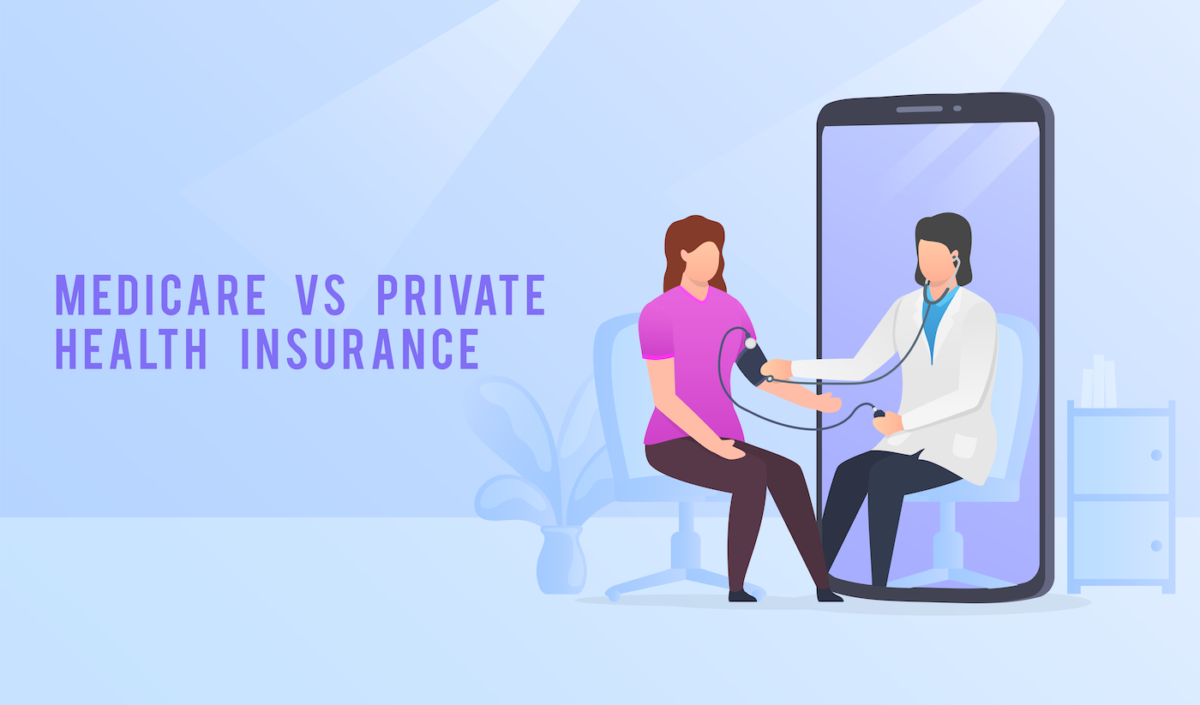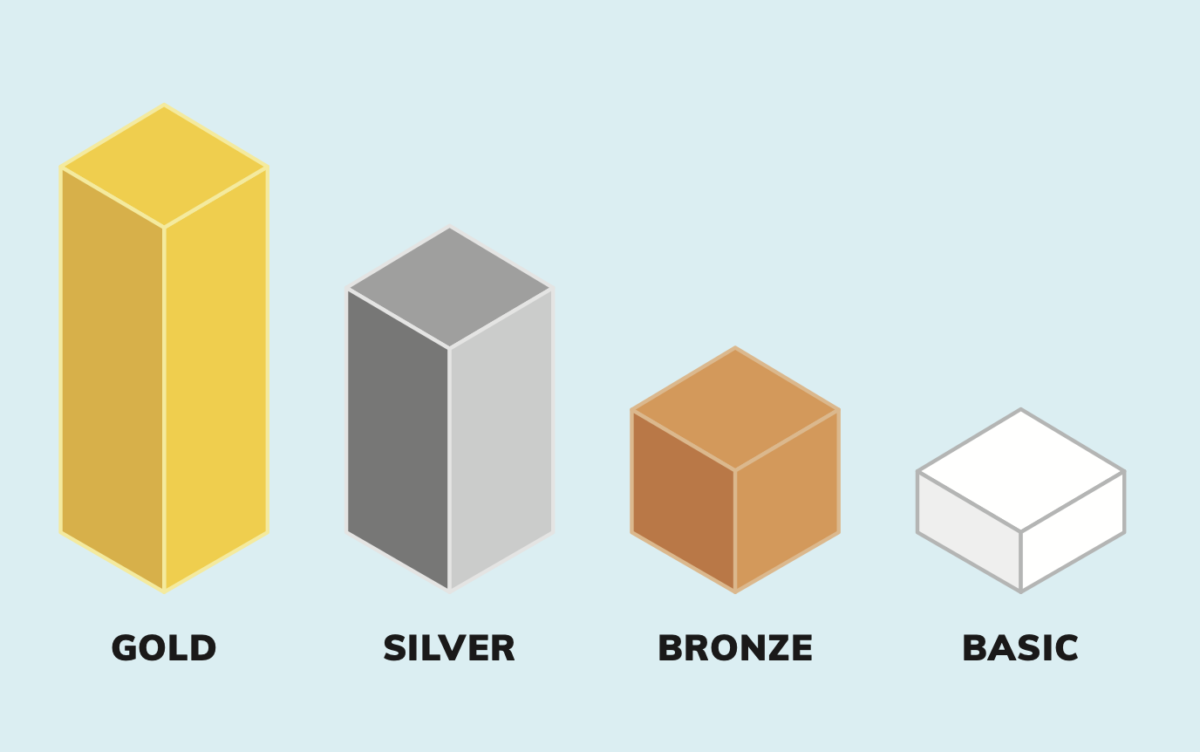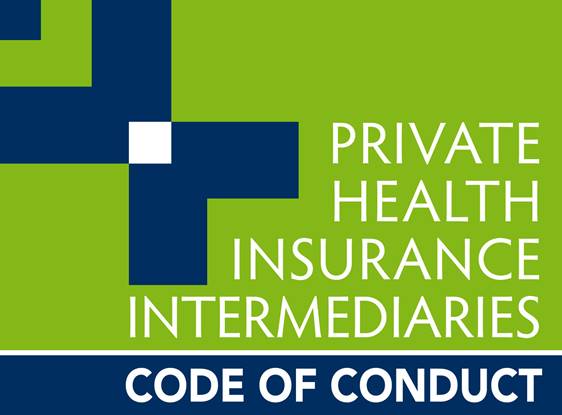Our country boasts a world-class public health system, with some of the best doctors and specialists but the extensive wait times for treatments, particularly non-emergency surgeries, can be a significant drawback for many patients.
To navigate these delays and ensure you receive the medical attention when you need it, many individuals turn to private health insurance. If you do not have or can afford private health insurance, Australia still has a very stable public hospital and health system that can be accessed. For some treatments there will be waiting times. By understanding the average waiting times in the public system and comparing private health insurance options, you can proactively address your healthcare needs and the timing around what’s most important.
Public hospitals will prioritise surgical procedures based on urgency. Although elective surgeries, recommended by doctors for non-emergency conditions like joint replacements, cataracts, or lump removals, often lead to patients being placed on waiting lists. The duration of these waits varies depending on factors such as the required treatment, specialist availability within the public system, and proximity to the hospital. In some cases, individuals may find themselves waiting nearly a year or more for the care they need.
The impact of the COVID-19 pandemic on the healthcare system cannot be ignored. In March 2020, elective surgeries were temporarily halted, resulting in a 9.2% reduction in admissions for such surgeries compared to 2019. Despite this, the number of people waiting for surgery increased by 2.1% in the preceding year.*
These wait times for specific treatments highlighted the challenges faced by those relying solely on the public healthcare system. Septoplasty, a surgery to correct a deviated nasal septum, had the longest wait time in 2021, reaching up to 315 days. Other treatments, like total knee replacement and cataract extractions, also had significant wait times, causing pain and potential deterioration of health for those in need.#
The average wait time on public hospital waiting lists currently stands at 43 days, but this figure masks the reality for those awaiting common treatments that can extend to almost a year. Additionally, the average wait time doesn’t account for the time between seeing a general practitioner and consulting with a specialist, which can be months in itself. ^
Taking all of this into consideration private health insurance becomes a viable solution, allowing individuals to receive prompt and cost-effective treatment in private hospitals, where waiting lists are generally shorter.
While private health insurance covers formal admissions to private hospitals, emergency care in private hospital emergency departments may not be covered until a patient is formally admitted. It is crucial to be aware of these nuances and carefully consider your insurance options to ensure comprehensive coverage.
To make an informed decision about private health insurance, it is advisable to compare various plans. You can reach out to us today at 1300 861 413 or via email at hello@health.compare to discuss and compare your private health cover options.
Taking this step can empower you to proactively manage your healthcare and avoid the uncertainties of lengthy public hospital waiting lists.
Reference:
* Australian Institute of Health & Welfare
Australia’s public health system is world-class, but wait times for public hospitals can be long and inconvenient. Finding private health insurance that works around the public system could help you avoid long waits for the treatments you need.
There are many benefits to Medicare but one of the major drawbacks is the long wait times for non-emergency surgery. This can often lead to prolonged periods of pain or discomfort while you wait to be treated.
This guide covers current average wait times for elective surgery and emergency care, what the longest wait times are for certain treatments, and how choosing the right private health insurance can help you avoid the back end of a long waiting list.
What are surgery waiting lists at public hospitals?
Australia’s public hospitals are busy, so all surgical procedures are prioritised in order of urgency.
If your doctor has recommended any procedure that isn’t an emergency, this is known as elective surgery and you’ll likely be placed on a waiting list.
Examples of elective surgery include joint replacements, cataracts, and removing a lump from your breast.
Wait times vary depending on the treatment your require, the availability of the specialist medical professionals, and the public hospital nearest to you. Some people will be waiting almost a year.
In March 2020, most elective surgeries were put on hold due to the COVID-19 pandemic.
That meant there were 9.2% fewer Australians being admitted for elective surgery in a public hospital than in 2019, despite the number of people waiting for surgery rising by 2.1% the year before**.
Which treatments have the longest waitlists?
Of the 25 most common surgeries in 2021 in Australia, the longest wait time was for septoplasty (surgery to fix a deviated nasal septum), with a wait time of up to 315 days.
Other treatments with significant wait times include:
- Total knee replacement – up to 293 days
- Myringoplasty/tympanoplasty (to repair a hole in the ear drum) – up to 259 days
- Cataract extractions – up to 158 days
These treatments aren’t considered emergencies but they can still be painful and debilitating to live with. Your condition may also deteriorate the longer you have to wait.
This is why elective surgery waiting lists are a problem for many Australians without health insurance.
What is the average wait time on a public hospital waiting list?
Across all treatments in Australia, the average wait time on public hospital waiting lists is 43 days at the time of writing.
However, some of the most common treatments have wait times of almost a year.
The average wait time also doesn’t include time between seeing a GP and a specialist, which can often be months.
Can wait times be waived if you’re a public patient?
Sadly not. The only way your wait time can be waived as a public patient is if your condition worsens significantly and is considered an emergency.
Are there waiting lists for private patients in a public hospital?
Yes, but as your private insurance is covering you, and you are being treated by your own doctor or surgeon, you may not have to wait as long.
As public hospitals are usually busy, appropriate private insurance can allow you to be treated cost effectively at a private hospital instead.
Does private health insurance cover private emergency care?
Your insurance will only cover you when you’re formally admitted to a private hospital as an inpatient.
This means a doctor has determined that you need hospital care and you have been assigned a bed.
If you arrive at a private hospital emergency department and are not formally admitted to hospital, you are considered an outpatient.
Some health funds won’t cover you in this situation.Talk to us today to compare your private health cover on 1300 861 413 or email us at hello@health.compare



























































